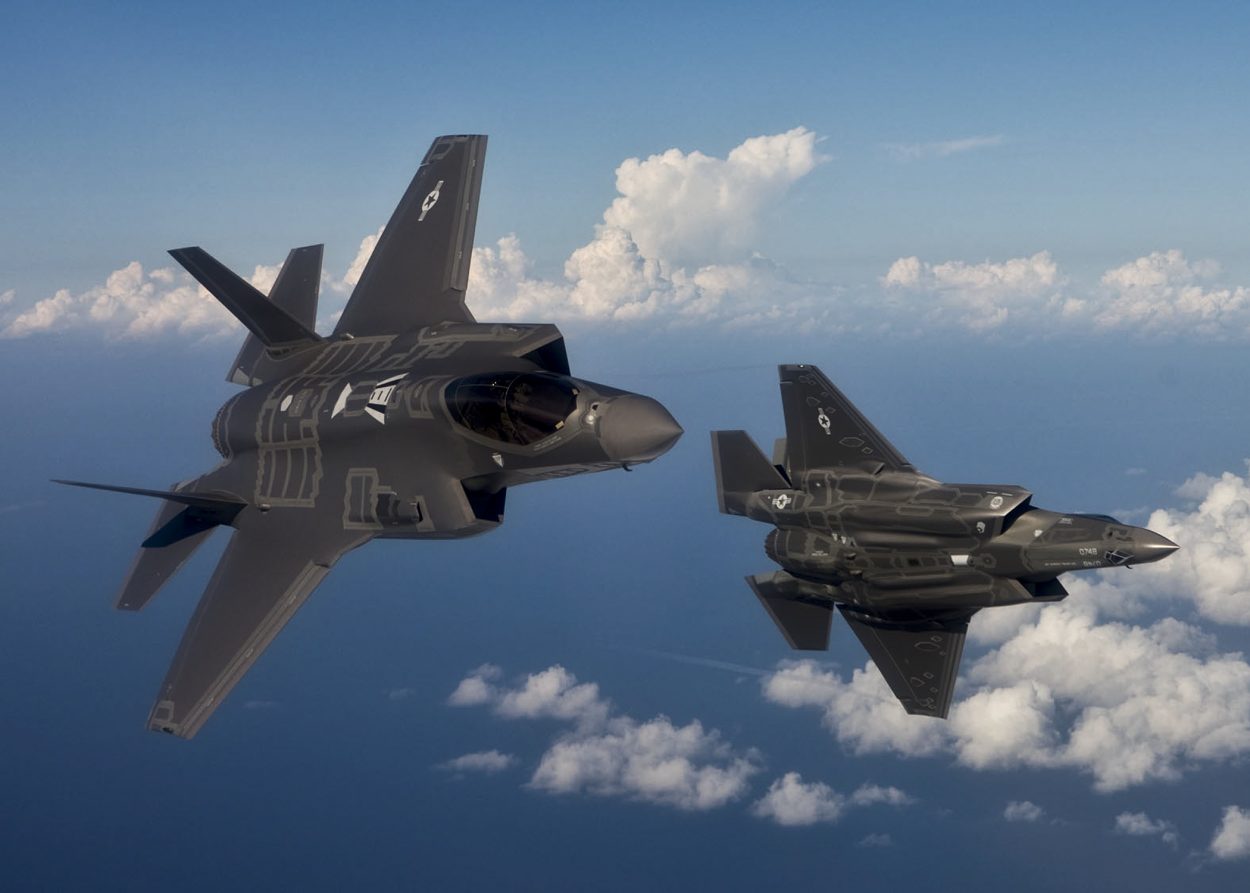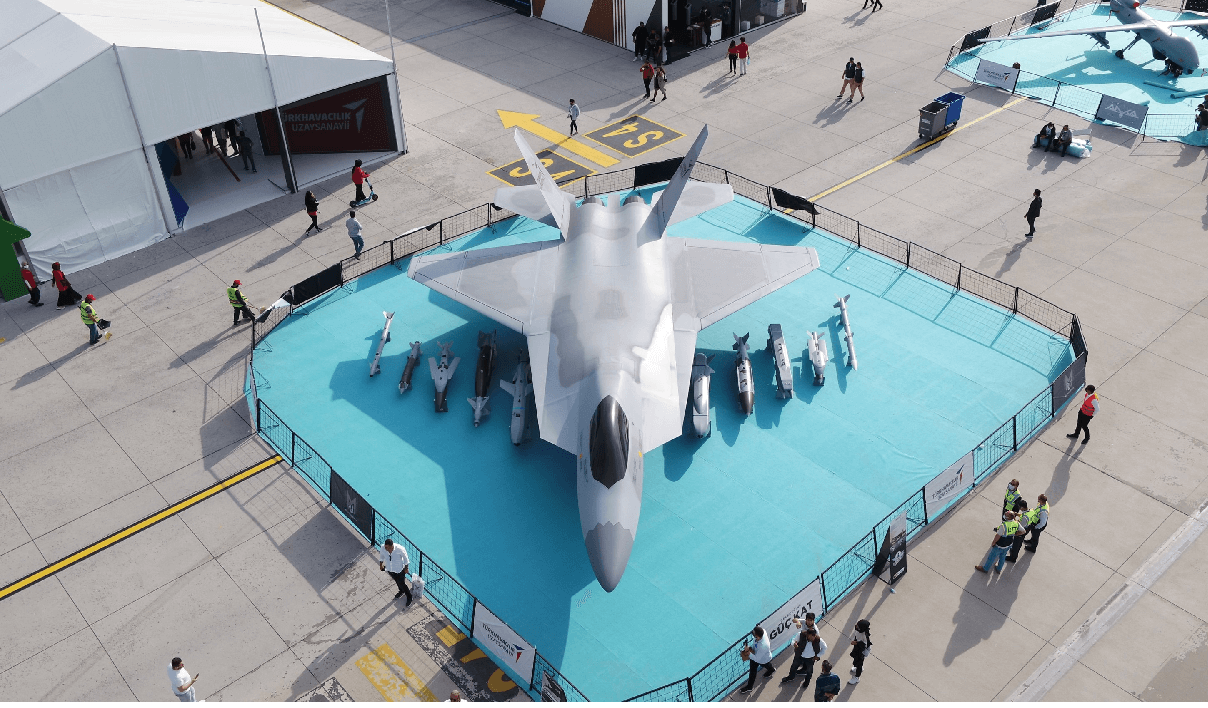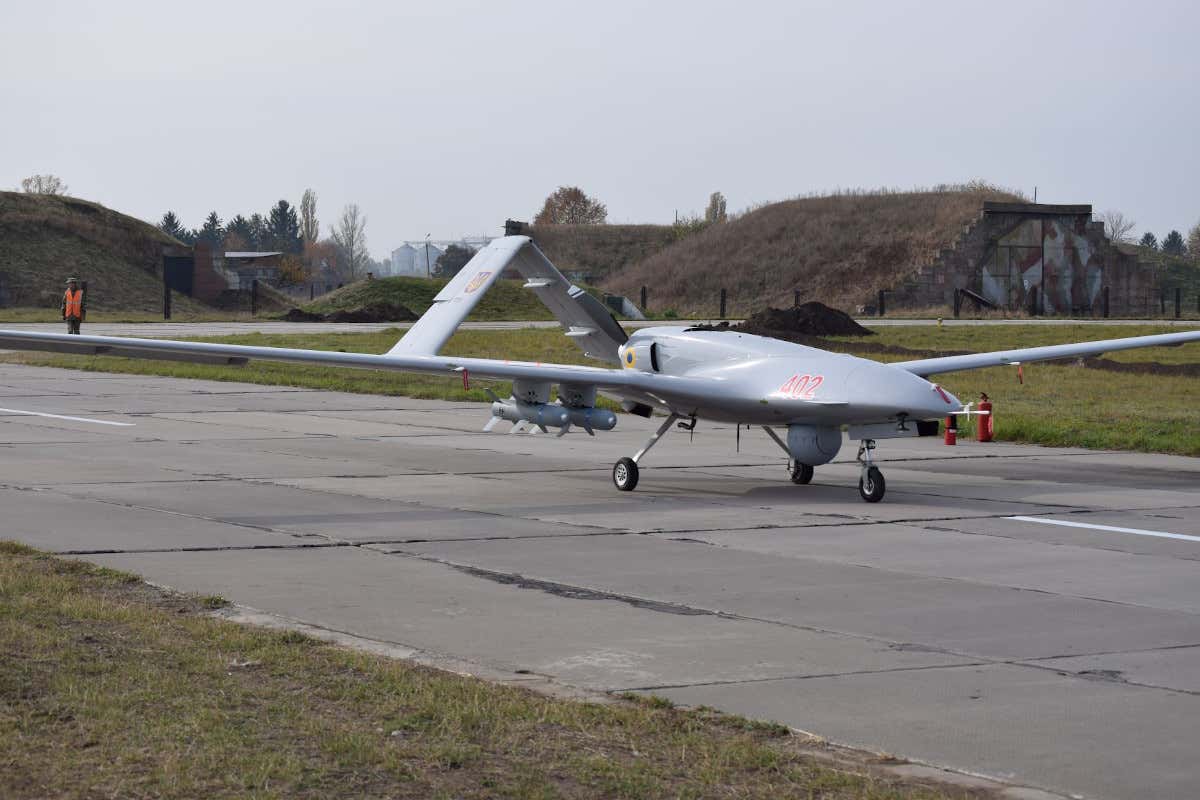Ismail Demir, head of Turkey’s top defense body, confirmed on May 20 that Britain had lifted all restrictions on arms exports to Ankara.
Chinese ‘Military’ Base Near USA – After Australia, China Looks To Develop Solomon Islands-Like Facility Near Hawaii
“It felt more positive to see that positive steps that were promised earlier have been taken, implemented, and removed, especially regarding some restrictions imposed on Turkey,” said Demir, the head of Turkey’s Presidency of Defense Industries (SSB).
In December, the British government had announced that it would resume exports, but the new export licenses would be assessed on a case-by-case basis.
Britain had halted exports to Turkey after its military operation seeking to clear northern Syria of the terrorist organization Kurdistan Workers’ Party’s (PKK) Syrian wing, the People’s Protection Units International (YPG), in 2019.
“It is important to take these positive steps, to act in the spirit of alliance, and we have seen how positive a positive agenda can be formed if the UK behaves by this spirit,” Demir said during his visit to London.
Turkey and the UK have been engaged in close defense cooperation on the Turkish fifth-generation fighter jet, the TF-X MMU, which is supposed to have similar features as the Lockheed Martin’s F-35 Lightning II.
Turkey was expelled from the F-35 program after it bought the Russian S-400 air defense system, which prompted Ankara to start working on its indigenous fifth-generation fighter jet program.

Turkey-UK Cooperation On 5th-Gen Fighter Jet
In January 2017, the then British Prime Minister Theresa May signed a defense deal with Turkey worth more than £100m to develop the Turkish fighter jet.
British engine maker Rolls-Royce is said to be involved in the process to develop an engine for TF-X MMU in partnership with the Turkish defense company, Kale Group.
The two companies established a joint venture, known as the Turkish Air Engine Company (TAEC), with Kale Group holding 51% of the shares and Rolls-Royce holding 49%.
However, in 2019, reports emerged of Rolls Royce pulling out of the joint venture due to differences with Kale over the sharing of intellectual property.
In March, Demir said, “We previously had some concerns (about this cooperation),” however, the company resolved these concerns as a result of the meetings held, and “the work has begun.”
Reports suggest the planned TAEC engine is supposed to have a supercruise without afterburning, low IR signature, and high fuel efficiency. In addition, the engine is expected to fly the TF-X at an altitude of 40,000 feet and a speed of 1.8 mach (2222.64 kmph).
The TF-X is scheduled to make its maiden flight in 2026. It will enter service in 2029, according to Turkish officials. US-made F110 engine will be used in its prototypes.
According to the Turkish Aerospace Industries (TAI), which is the main contractor for the TF-X, Turkey will become one of the few countries with the necessary technology, engineering infrastructure, and capabilities to produce a fifth-generation (or beyond) fighter plane once all critical features (such as greater situational awareness, sensor fusion, low observability, weapon bay, and so on) have been incorporated as part of the TF-X program.

UK Interested In Buying Turkish Drones
Besides cooperation on the fighter jet program, the UK has also expressed interest in buying Turkish-made armed drones, which British Defense Secretary Ben Wallace had called a “game-changer.”
Last year, Turkey presented various options to the UK, including the Bayraktars and Ankas Unmanned Aerial Vehicles (UAV).
The effectiveness and efficiency of Turkish-made drones in various conflicts have attracted the interest of numerous countries. For example, in the ongoing Russia-Ukraine conflict, where Ukraine’s Turkish-made Bayraktar drones have played a decisive role in keeping the Ukrainian airspace contested more than two months into the war.

Before that, Azerbaijan successfully used Turkish drones in late 2020 during the Nagorno-Karabakh war and reportedly knocked out no less than 567 tanks and other vehicles belonging to Armenia, a Russian ally that enabled Baku to absorb 40% of the disputed Nagorno-Karabakh region.
However, Canada had canceled the export permits for drone technology to Turkey because Ankara sold the equipment to the Azerbaijan forces during the Nagorno-Karabakh war.
The parts under the embargo included camera systems for Baykar-made unmanned aerial vehicles (UAVs). Export licenses were also suspended in 2019 during the Turkish military operations in Syria. However, restrictions were then eased but reimposed during the Karabakh conflict.
Turkish defense companies produced the embargoed parts within the country. There are already Bayraktar TB2 UAVs in the Turkish military’s inventory that have been equipped with the leading defense firm Aselsan-developed Common Aperture Targeting System (CATS), replacing Canadian-made ones.
- Written by Tanmay Kadam/EurAsian Times Desk
- Contact the author at etdesk@eurasiantimes.com
- Follow EurAsian Times on Google News




